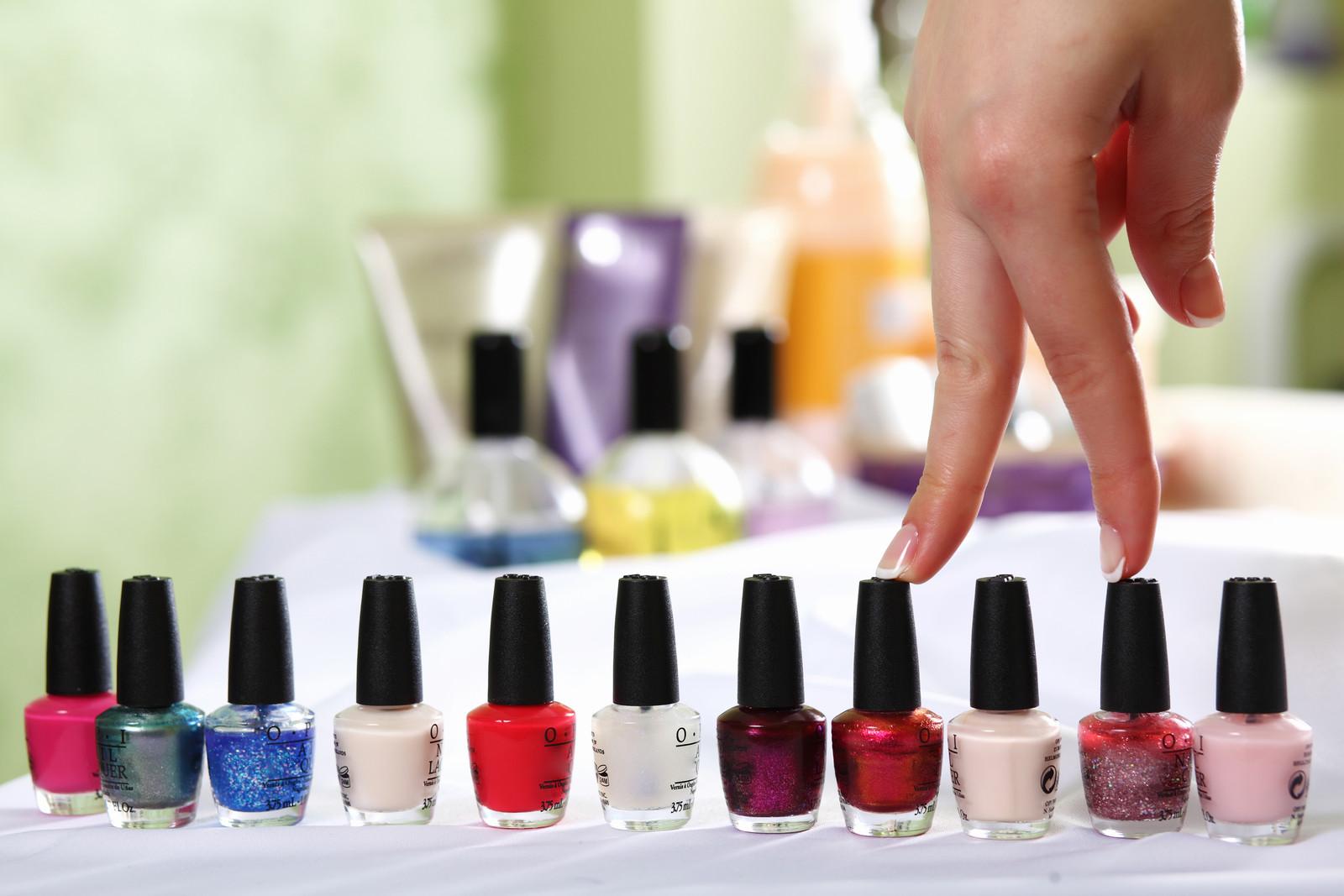The nail polish industry, which has evolved significantly over the years, is one of the most lucrative sectors within the global beauty and personal care market. From high-end luxury brands to affordable drugstore options, the variety and choices available to consumers are vast. However, despite the ongoing growth of the market, it faces several key restraints that impact its potential. These factors range from environmental concerns and changing consumer preferences to regulatory hurdles and market saturation. Understanding these limitations is crucial for companies aiming to thrive in a competitive and dynamic market.
1. Environmental Concerns and Regulations
One of the most pressing challenges for the nail polish industry in recent years is growing environmental awareness. Traditional nail polishes often contain harmful chemicals such as toluene, formaldehyde, and dibutyl phthalate, which not only pose health risks to consumers but also contribute to environmental pollution. As awareness of these ingredients’ dangers increases, both consumers and regulatory bodies are pushing for cleaner, more sustainable formulations. This shift is driving the demand for "5-free" or "10-free" nail polishes, which exclude a range of harmful chemicals.
However, reformulating products to comply with these regulations requires significant investment in research and development. Companies that fail to adapt risk losing market share to competitors who are more attuned to consumer concerns about the environment and health. This growing emphasis on sustainability is forcing manufacturers to rethink their production processes, packaging, and ingredient sourcing.
Moreover, stricter environmental regulations around the globe especially in regions like the European Union ,are pushing brands to reconsider their global operations. The introduction of eco-friendly packaging and the reduction of carbon footprints, while positive, come with an increase in operational costs, which could limit the growth potential for some businesses.
2. Market Saturation and Intense Competition
The nail polish market has seen significant growth in recent years, especially with the rise of online beauty platforms and social media influencers promoting various brands. However, with this growth comes increased competition. Both established brands and newcomers flood the market with a range of products designed to appeal to various consumer segments. This saturation makes it increasingly difficult for brands to differentiate themselves and stand out.
The dominance of large multinational companies, like OPI, Essie, and Sally Hansen, poses a challenge to smaller, independent brands. These industry giants have significant marketing budgets, distribution channels, and loyal customer bases, leaving little room for smaller players to compete on the same scale. As a result, new entrants into the market often struggle to gain a foothold and face difficulty in achieving profitability.
Additionally, the nail polish market is heavily driven by seasonal trends, limited-edition collections, and influencer-driven products. While these can lead to short-term gains, they also make it challenging for brands to build lasting customer loyalty. Market trends change rapidly, and companies that fail to keep up may find themselves losing relevance in a matter of months.
3. Changing Consumer Preferences
Consumer preferences in the beauty industry are constantly evolving, and the nail polish market is no exception. In recent years, there has been a noticeable shift towards natural, organic, and cruelty-free products. Consumers, particularly Millennials and Gen Z, are increasingly conscious of the ingredients in the products they use and are making more ethical purchasing decisions. This shift has put pressure on nail polish manufacturers to cater to these demands by introducing products that are not only non-toxic but also cruelty-free and vegan.
However, not all shifts in consumer behavior are positive for the nail polish industry. The rise of minimalist beauty trends, which focus on natural, bare nails, has resulted in a decline in the demand for traditional nail polish. Some consumers now prefer the look of unpainted nails, which could reduce overall consumption in the long term. Furthermore, the increasing interest in nail care and health, as opposed to purely aesthetic concerns, may lead to a reduction in demand for color cosmetics and an increase in demand for strengthening, hydrating, and nourishing products.
4. Raw Material Supply Chain Issues
The nail polish industry also faces significant challenges in its supply chain, particularly regarding the sourcing and cost of raw materials. Certain key ingredients, like pigments, solvents, and resins, are often derived from petroleum-based sources, which can be subject to price volatility. Geopolitical events, such as trade restrictions or natural disasters, can disrupt the supply of these materials, leading to delays and price increases.
Additionally, the increasing demand for eco-friendly ingredients has put further pressure on manufacturers to find sustainable alternatives. The cost of sourcing high-quality, eco-conscious raw materials often exceeds that of traditional ones, impacting profit margins and, in some cases, forcing brands to pass these costs on to the consumer.
5. Economic Downturns and Consumer Spending Habits
Like many other sectors, the nail polish market is susceptible to economic downturns. When consumers face financial uncertainty, discretionary spending on beauty products tends to decline. Nail polish, being a non-essential luxury item, is one of the first areas where people cut back on their spending.
Moreover, the economic impact of events such as the COVID-19 pandemic highlighted the fragility of the nail polish industry, as nail salons were forced to close and consumer behavior shifted toward more practical and affordable alternatives. Even as the world recovers, lingering economic concerns and changing consumer priorities continue to affect overall spending on non-essential products.
Conclusion
Despite its continued growth, the nail polish industry faces several restraints that could limit its potential for expansion. Environmental concerns, market saturation, changing consumer preferences, supply chain issues, and economic fluctuations all pose challenges for both established brands and new entrants. However, companies that can innovate, adapt to consumer demands, and maintain a sustainable business model will likely continue to thrive in this competitive landscape. As the beauty industry continues to evolve, the brands that embrace change and respond to these challenges will have the best chance of succeeding in the long term.



